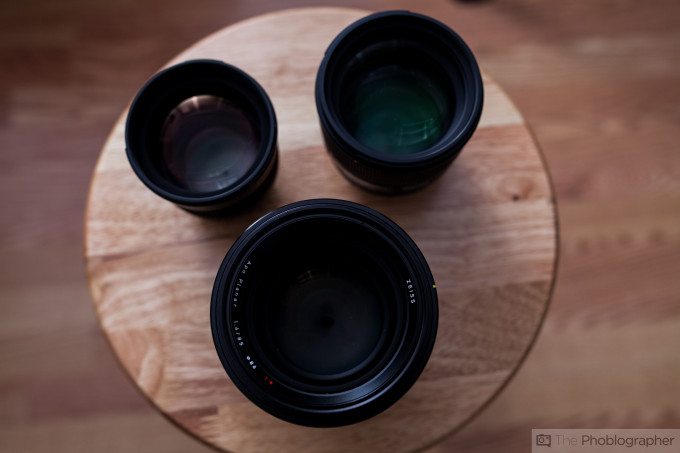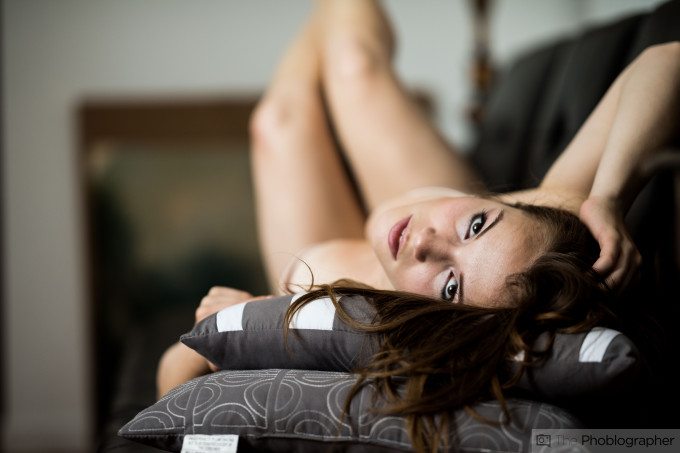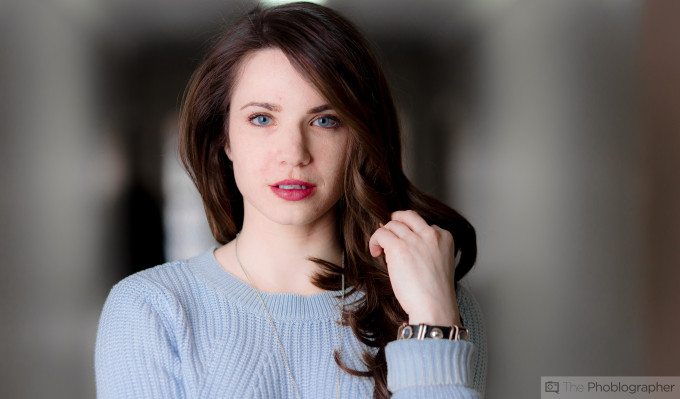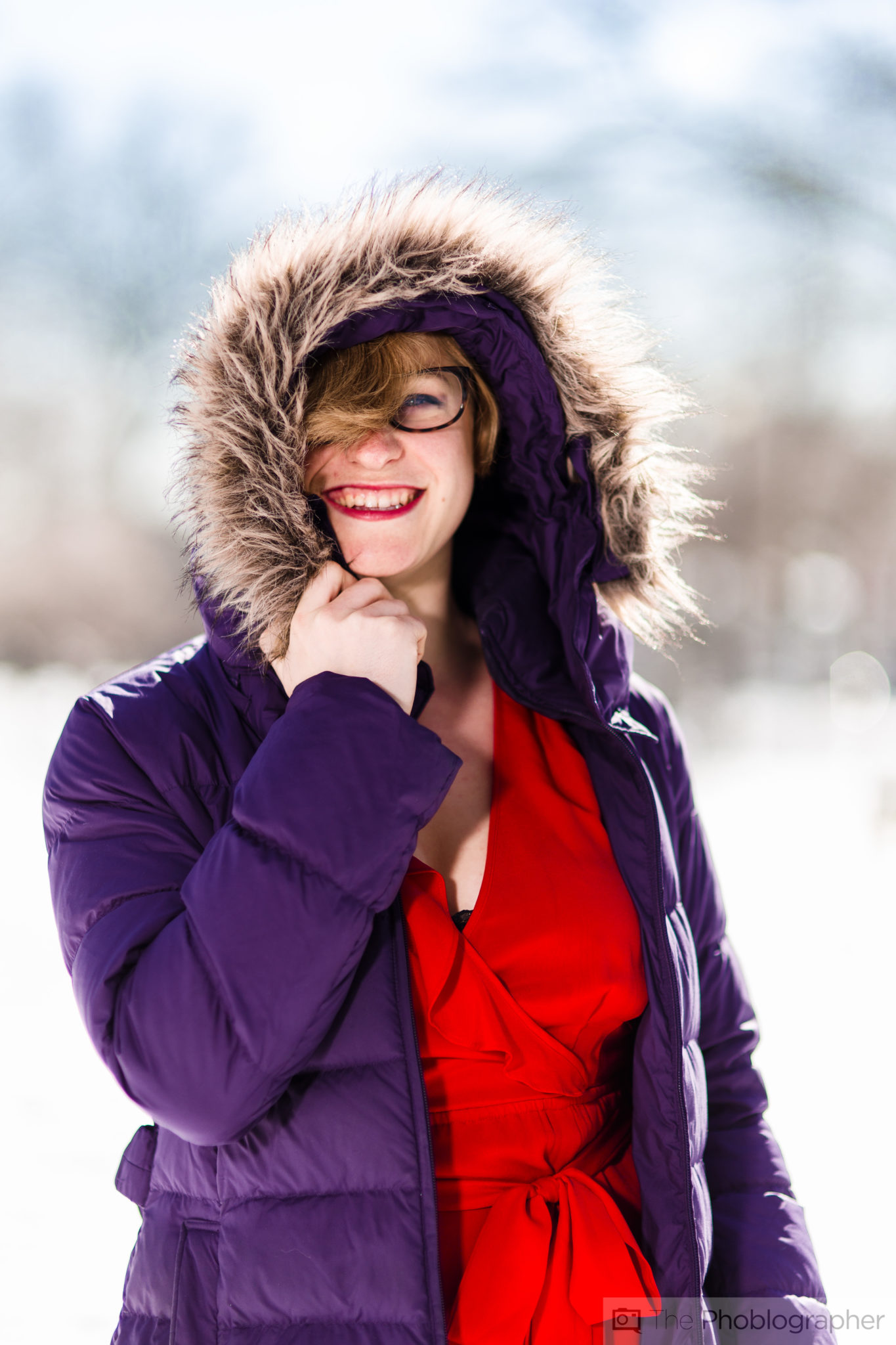Getting into portraiture? Then what you should really consider is an 85mm lens. Sure, everyone talks about 50mm lenses–but the 85mm can be considered the best focal length for portraiture (aside from the 135mm lens). By design, 85mm lenses have a more shallow depth of field than the 50mm or 35mm and so even though you may focus outward, the chance of what you want in the scene actually being in focus when stopped down is much less due to the laws of physics.
Long focal lengths were always in demand in the early days of photography and it was only until 35mm film came about that folks wanted wider glass. However, when it came to portraiture the 85mm was always a tried and true staple. Here are ways to make the best of an 85mm lens.
Designed for Close Portraits
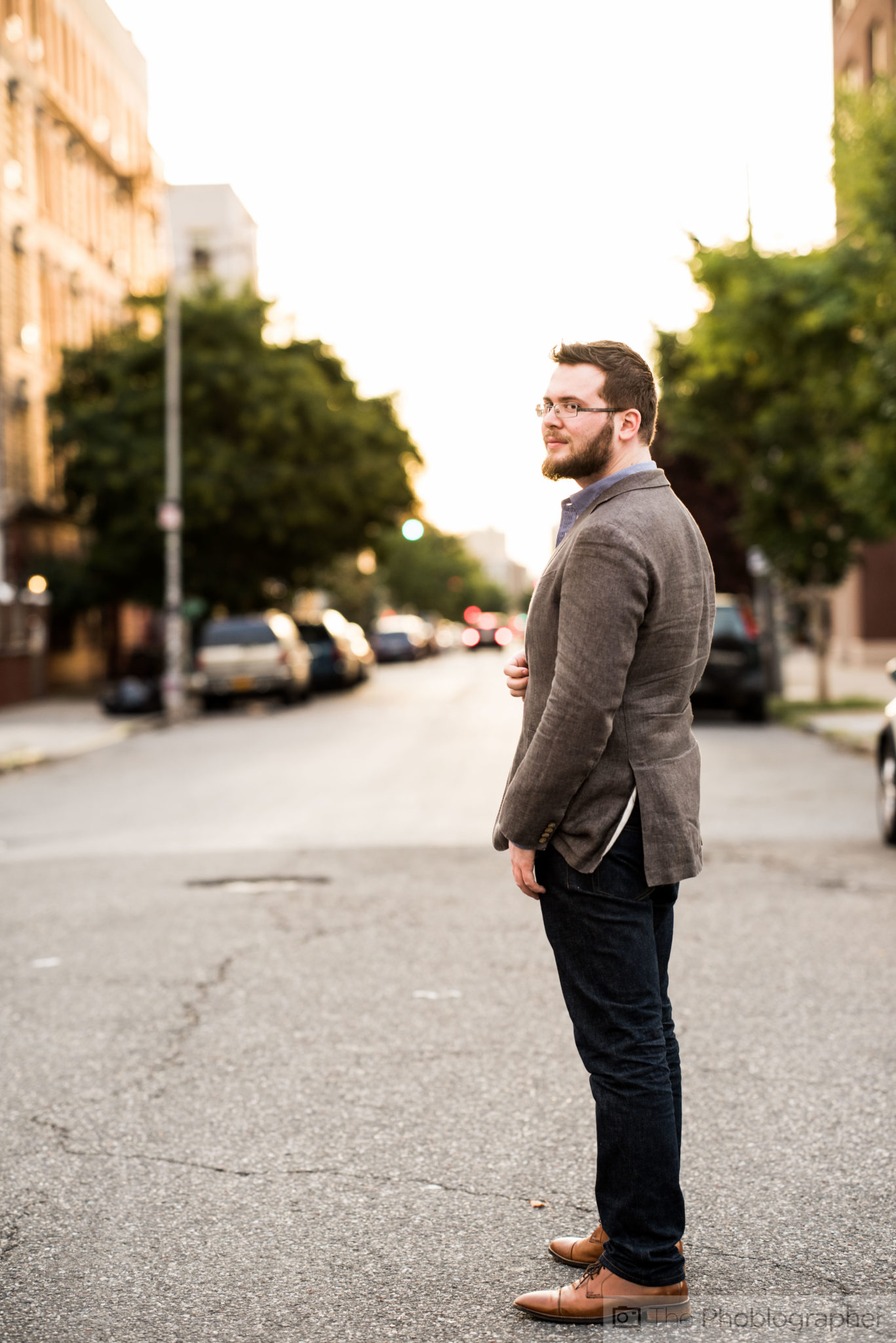
The 85mm lens is typically designed for portraits where you are still fairly close to your subject in terms of distance, but you can also work a bit further back and get a beautiful look with nice bokeh and your subject sharply in focus. If you need to repose your subject or tell them to do something different, you also won’t be yelling orders to them because you’re still within a close vicinity.
Though we were a bit further back for the image above, getting in close isn’t tough at all. Unlike wider focal lengths, it also won’t make parts of a person look distorted or bulged–but we will have more on that later on.
A Very Shallow Depth of Field, Don’t Abuse it
Think you’ve got some beautiful and creamy bokeh with your wider focal lengths? Think again! The rules of photography say that the longer the focal length (as per the sensor or film size) the less will be in focus. 85mm lenses can give you lots of bokeh–and while that’s a great thing it can be abused a lot. A shallow depth of field should not be used as a crutch to create a visually stunning photo and instead it should be just about story telling and your specific vision.
If you only want the eyes or part of a face in focus, then go for it, but you’re doing very little justice to your subject if they put on makeup or prepared to make themselves look better if that’s all that’s in focus.
The closer to you get to your subject in terms of physical distance, the less will be in focus at a given aperture.
Best for Stagnant Subjects
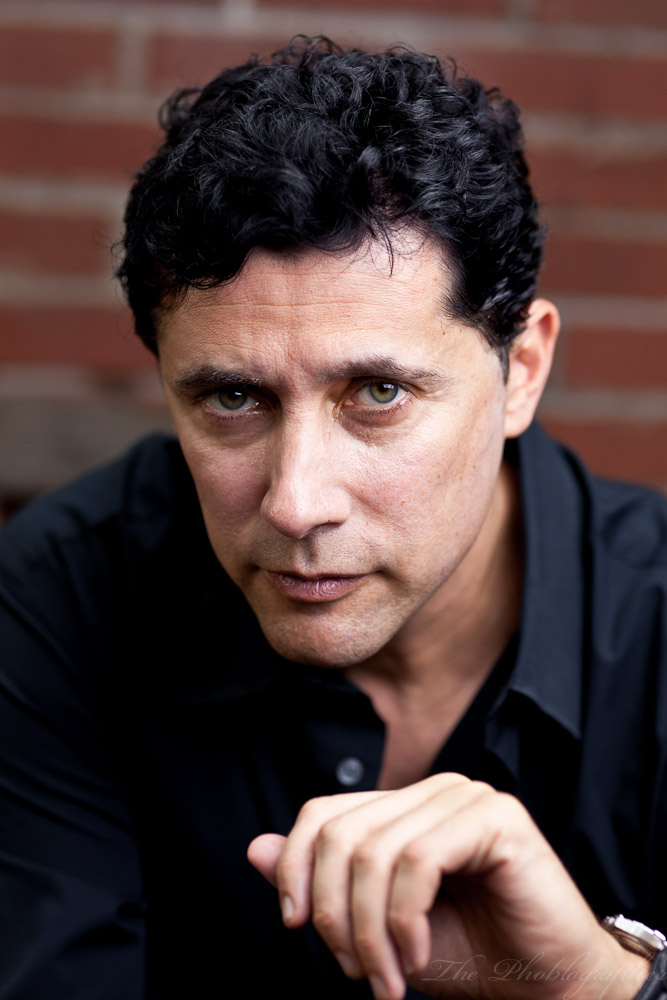
While wider focal length lenses are great for shooting moving subjects (and so are lenses designed specifically for sports) the 85mm lens is classically best used for still subjects. For portraits, your subjects are usually not moving so this should be right up your alley. One of the biggest reasons why this lens is best for still subjects is because as you move the lens less and less will be in focus as you try to track them.
On the subject of still subjects, you should also know that photographers like using 85mm lenses for landscapes. The reason for this has to do with the fact that the long focal lengths help them to get a better sense of the scenes that they’re trying to shoot if the scene is further away. Most folks go for wide focal lengths, but try a longer one and get further away from your subjects.
Little to No Distortion to Worry About
One of the best things about 85mm lenses are that these lenses have little to no distortion. With wider lenses, you can make someone’s nose look much larger than they really are. However, the 85mm lens is very forgiving with issues like this and often makes people look great.
Keep this in mind no matter what body type you’re working with.
Less Worries with Composition (Technically)
Portraits are important to your subjects, possibly more so than to you, so that means that the pressure is on you to create a better scene. While you won’t make parts of a person bulge out (and this makes life easier), you should still work with the scene overall to make something look better. Pay attention to shoulder placement, eye placement, and how their clothing fits, among other things.
All of these elements will help you compose the scene better.


